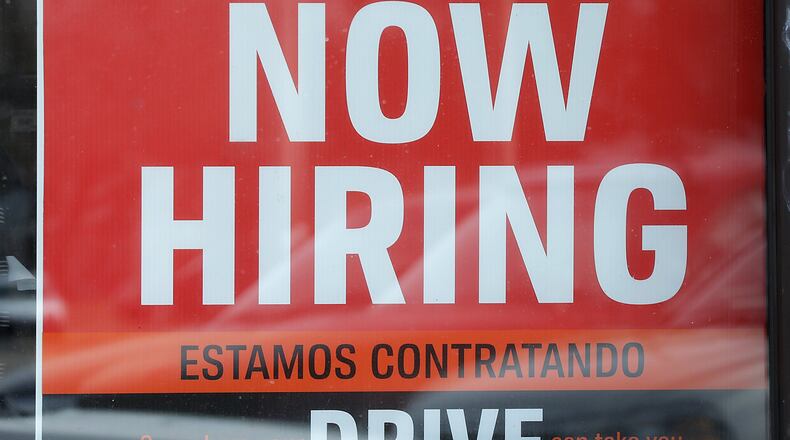However, the number of people either employed or actively looking for work, which when combined constitute a county’s labor force, decreased in November.
In Clark County, that number went from 65,400 people in October to 63,400 in November. In Champaign County, it went from 20,600 to 19,700 during the same period.
Those listed as employed also decreased, going from 61,700 to 60,200 in Clark County. In Champaign County, that number went from 19,700 to 18,900.
Those comparisons are based on data recently released by the Ohio Department of Job and Family Services.
That agency has reported a large decrease in those counties’ unemployment rates since they spiked drastically in April due to the coronavirus pandemic. Those rates went as high as 17.4% in Clark County and 20.1% in Champaign County.
Though the local economy has been in a state of slow recovery since then, current estimates can be misleading as surveys used by the government to determine the unemployment rate and local labor forces are relying on smaller sample sizes.
That is what was told to this news organization by Bill LaFayette, an economist and owner of Regionomics, a Columbus-based economics and workforce consulting firm.
He said those statistics are traditionally revised once more accurate information is gathered. However, due to the coronavirus pandemic, the federal government is relying on a smaller than usual sample size. That data is factored into state and local estimates in terms of determining the unemployment rate.
Given the current data provided, LaFayette noted that there was a decrease of about 1,900 when compared to previous trends in terms of the number of people in Clark County’s labor force between October and November.
LaFayette said traditionally there is not much change in the labor force or the number of people employed in Clark County between those two months. This November also saw a decrease of 1,400 employed workers in the county when compared to trends typically seen during that period.
“Normally you do not see much of a difference going from October to November,” he said.
LaFayette said several factors can contribute to that drop, including an increase in coronavirus related cases, which could sway some from looking for work during the pandemic.
The pace of month-by-month increases in employment during the pandemic has also slowed down both locally and nationally.
“An increase in employment seen from one month to the next is less now than what was observed earlier in the recovery,” LaFayette noted as local unemployment rates spiked as a result of the pandemic began to decrease in May and June.
LaFayette said that economic recovery from the pandemic has been slow and a return to pre-coronavirus conditions will likely occur in the latter half of 2021.
About the Author

